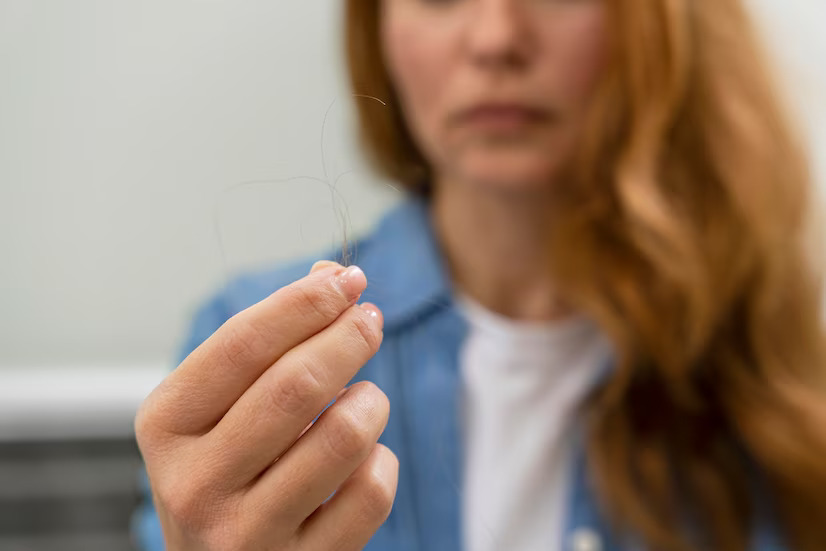- About Us
- Treatments
Skin Treatments
MenuMenuHair Treatments
MenuBody Treatments
Menu - Procedures
Aesthetics
MenuCosmetic Surgery
Menu - Training
- Products
- Gallery
- Contact Us
Hair loss or baldness can result from various factors, including:


The doctor numbs the head with a local anesthetic and uses either Follicular Unit Transplantation (FUT) or Follicular Unit Extraction (FUE) techniques to obtain follicles for transplantation.

After the surgery, the scalp may be tender for a few weeks, and medications may be prescribed. Bandages might cover the scalp for a day or two, and patients can usually return to work after 2-5 days.
New hair growth typically starts after 3-4 weeks, and significant improvement is noticeable within a few months. Around 60% of new hair growth is usually observed after 6 to 9 months. The doctor may recommend minoxidil (Rogaine) to improve hair growth after transplantation.
Small crusts may form on each graft within 24 hours and will shed in 2-3 weeks. Transplanted hair will start growing back within 2-4 months, with complete results achieved after the procedure.
Some patients may experience modest swelling in the forehead area for a few days, which usually subsides in 3-4 days.
DOs:
DON’Ts:
– Avoid steam for at least 14 days.
Side effects are rare and usually temporary, including:
Benefits of Hair Transplant:
Hair transplants can enhance appearance and confidence in suitable candidates, including:
Hair transplant may not be suitable for those with insufficient donor hair, keloid scars, or hair loss due to chemotherapy.
Book An Appointment